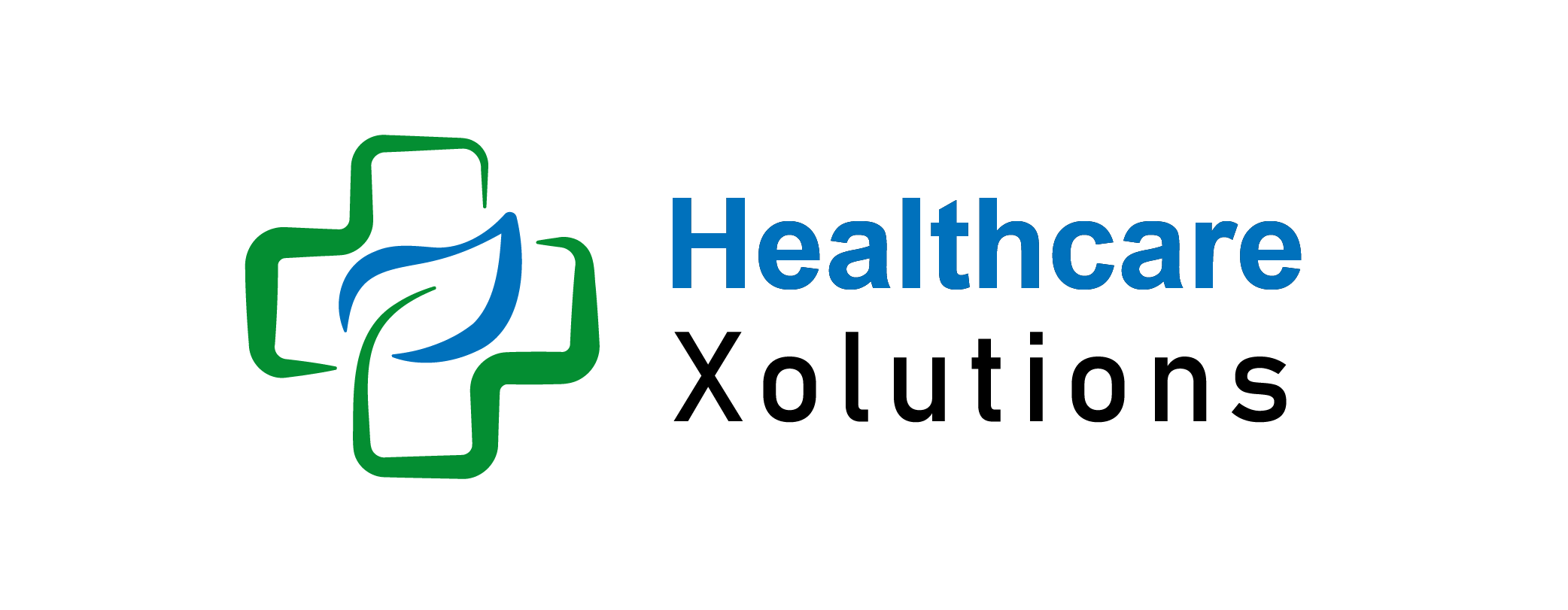How to Choose the Right Health Insurance Plan Based on Your Healthcare Needs?

Want to know about Health Insurance Plans Based on Your Needs?
Choosing the right health insurance plan is crucial for both your health and financial security. With an estimated 156 million Americans projected to have employer-sponsored health insurance in 2024, selecting the right plan is more important than ever. As healthcare costs rise, understanding how to align your specific healthcare needs with the right insurance plan can help you avoid unnecessary expenses and ensure comprehensive coverage. According to a recent report from the National Health Interview Survey, approximately 9% of Americans were uninsured in 2024, down from 16% a decade ago.
This article will provide a step-by-step guide to help you select the perfect health insurance plans based on your needs.
.
Key Takeaways:
- Assess your healthcare needs: Understand your medical history, medications, and any upcoming treatments.
- Know your plan options: HMO, PPO, and other plans offer different benefits—choose one that matches your needs.
- Evaluate your budget: Consider premiums, deductibles, and out-of-pocket costs.
- Ensure the plan covers essential services: Doctor visits, prescriptions, emergency care, and mental health services should be included.
- Check for additional benefits: Telemedicine, wellness programs, and dental/vision coverage can add value.
- Choose a flexible plan: Ensure the plan adapts to life changes such as marriage or pregnancy.
Table of Contents
How To Understand Health Insurance Plans?
A Health Insurance Plan is a type of insurance coverage that helps pay for medical expenses. In exchange for a regular premium payment, the plan covers a variety of healthcare services, including doctor visits, hospital stays, surgeries, prescription medications, and preventive care. Health insurance plans based on your needs vary in terms of coverage, cost, and providers, but they generally aim to protect individuals or families from the financial burden of medical costs.
Health insurance plans typically have the following components:
- Premium: The amount you pay for the insurance plan, usually on a monthly basis.
- Deductible: The amount you must pay out-of-pocket before the insurance company starts to pay for covered services.
- Co-payments and Coinsurance: These are the costs you share with your insurer when you receive medical services (e.g., paying a portion of the bill at each visit).
- Network: A list of healthcare providers (doctors, hospitals, etc.) who have agreed to offer services at reduced rates for the insurance plan’s members.
- Out-of-pocket maximum: The maximum amount you’ll pay for covered services in a plan year, after which the insurer covers all additional costs.
Health insurance plans can be offered by employers, purchased individually, or provided through government programs like Medicaid or Medicare, depending on your eligibility.
Step-by-Step Guide To Choosing the Right Health Insurance Plan:
1. Assess Your Healthcare Needs:
Understanding your personal Health Insurance Plans Based on Your Needs needs is the first step in selecting the right insurance plan. Consider the following:
- Pre-existing conditions: Do you have ongoing health issues that require regular treatment?
- Routine care: Do you need frequent doctor visits or preventive care like vaccinations?
- Medications: Are you taking regular medications, and what are their costs?
- Specialty care: Do you need care from specialists such as cardiologists or mental health professionals?
- Planned procedures: Are you expecting any surgeries or medical procedures in the near future?
2. Understand Different Types of Health Insurance Plans:
Different insurance plans offer varying levels of coverage. Here’s an overview of the most common types:
- HMO: Lower cost but restricts the choice of healthcare providers.
- PPO: Offers greater flexibility in choosing providers but at a higher cost.
- EPO: Similar to PPO but doesn’t cover out-of-network care except in emergencies.
- POS: A hybrid plan that requires referrals for specialist care but allows you to choose between in-network and out-of-network care.
- HDHP: High deductibles and lower premiums, are best for those who are generally healthy.
3. Check Coverage for Essential Services:
Ensure the plan covers the services you need, such as:
- Doctor visits: Does it cover primary care and specialist visits?
- Hospitalization: Does it cover inpatient and outpatient services?
- Prescription drugs: Does it cover your medications, and is there a formulary in place?
- Preventive care: Many plans offer free services like vaccinations and screenings.
- Emergency services: Check if ER visits and ambulance services are included.
- Mental health services: Ensure therapy, counseling, and psychiatric services are covered.
4. Review the Plan’s Network:
Health plans work with a network of doctors, hospitals, and clinics. Confirm if your current providers are in-network and understand the cost implications if you need out-of-network care. PPO and EPO plans generally offer more flexibility.
5. Consider Your Budget:
Cost is a significant factor in choosing a health insurance plan. Pay attention to:
- Premiums: The monthly payment for coverage.
- Deductibles: The amount you pay before the insurance starts covering services.
- Copayments & coinsurance: The fees you pay for specific services.
- Out-of-pocket maximums: The yearly limit on how much you’ll pay for medical services.
6. Check for Additional Benefits:
Some plans offer extra benefits like:
- Telemedicine: Access to remote doctor consultations.
- Dental & vision coverage: Optional add-ons for essential care.
- Wellness programs: Discounts on gym memberships or weight management.
- Maternity care: Comprehensive coverage for prenatal and postnatal care.
7. Evaluate Customer Service:
Effective customer service is crucial for smooth health insurance experiences. Look for plans offering:
- 24/7 customer support.
- Easy-to-use mobile apps.
- Smooth claims processing.
8. Consider Life Changes:
Life can be unpredictable, so select a plan that allows for flexibility during significant life events like:
- Marriage or divorce.
- Pregnancy or childbirth.
- Relocation or job loss.
Conclusion – Health Insurance Plans Based On Your Needs:
Choosing the right health insurance plan requires careful consideration of your healthcare needs, preferences, and financial situation. By evaluating the types of plans available, comparing costs, reviewing provider networks, and considering additional benefits, you can find a plan that provides the coverage you need at a price you can afford. Remember to reassess your needs regularly, as your healthcare circumstances may change over time, and ensure that your insurance plan continues to meet your requirements.
FAQs – Health Insurance Plans Based on Your Needs:
Q1: How do I know if a health insurance plan covers my medications?
Check the plan’s formulary, which lists the drugs covered by the plan. If your medications are not listed, you may need to consider another plan or explore alternative options.
Q2: Is it worth paying a higher premium for a PPO plan?
If flexibility in choosing healthcare providers and avoiding referrals is important to you, a PPO plan might be worth the higher premium. However, consider your budget and healthcare needs.
Q3: Can I switch my health insurance plan during the year?
Most plans allow changes during open enrollment periods or after qualifying life events (like marriage or childbirth). Make sure you understand the terms for plan adjustments
Q1: What’s the difference between an HMO and a PPO?
An HMO is more affordable but limits your choice of healthcare providers. A PPO offers more flexibility, allowing you to see specialists without referrals but at a higher cost.
